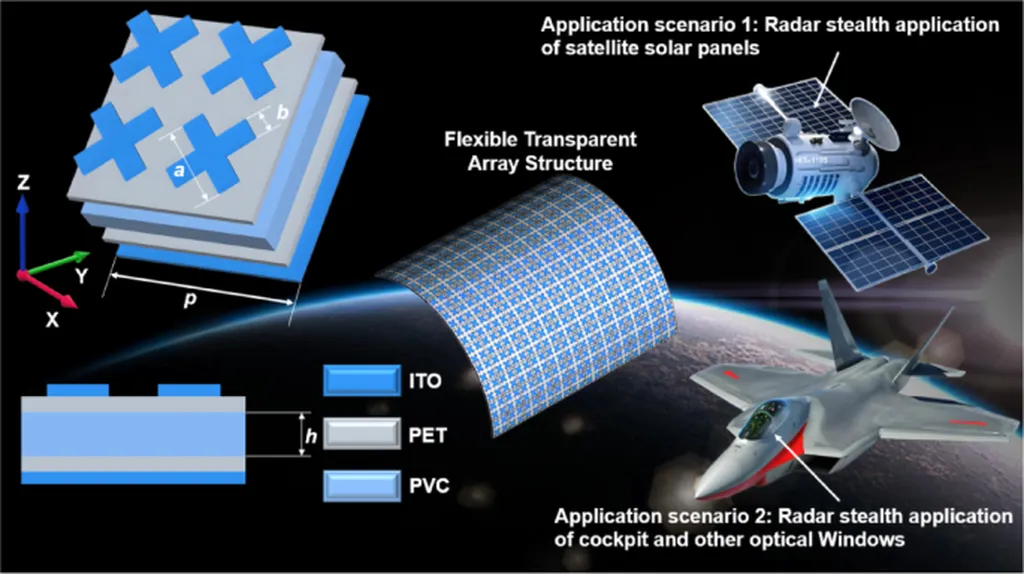In a significant leap forward for electromagnetic (EM) wave absorption technology, researchers have developed an ultrawideband absorber that promises to revolutionize applications in the energy sector and beyond. The innovation, led by Soo Hyun Kim of the Department of Electronics Engineering, addresses long-standing limitations in conventional magnetic materials, paving the way for enhanced efficiency in millimeter-wave applications.
Traditional absorbers have struggled with bandwidth constraints imposed by Snoek’s limit, which restricts the permeability–bandwidth product of magnetic materials. This limitation has hindered performance beyond the Ku-band, leaving a gap in the market for high-efficiency absorbers. Kim and his team have tackled this challenge head-on by introducing a custom-fabricated CIP/epoxy-based magnetic substrate. This novel material offers an enhanced magnetic response, a critical factor in achieving broader bandwidth absorption.
The design incorporates a thermoplastic polyurethane (TPU) layer and a resistor-loaded frequency-selective surface (FSS) to implement admittance compensation. This strategy enables broadband impedance matching, a key innovation that significantly improves absorption efficiency. “By compensating for reactance, we can achieve near-optimal absorption performance, approaching the Rozanov limit,” Kim explains. This breakthrough results in over 90% absorption from 12 to 49.8 GHz, a remarkable 122% fractional bandwidth at a thickness of just 1.8 mm.
The implications for the energy sector are profound. Enhanced EM wave absorption technology can improve the efficiency of wireless power transfer systems, reduce interference in communication networks, and enhance the performance of radar and sensing technologies. “This design is well-suited for millimeter-wave applications, which are increasingly important in modern communication and energy systems,” Kim notes.
The stability of the absorber under oblique TE and TM wave incidence further underscores its robustness and versatility. This feature is crucial for real-world applications where waves often encounter surfaces at various angles. The research, published in the journal ‘Advances in Materials Science and Engineering’ (translated from Korean as ‘재료과학 및 공학의 진보’), represents a significant advancement in the field.
As the demand for high-frequency, high-efficiency EM wave absorption technologies grows, this innovation could shape the future of wireless communication, energy transmission, and sensing technologies. The research not only addresses current limitations but also sets a new benchmark for future developments in the field. With its near-optimal performance and broad applicability, this absorber technology is poised to make a substantial impact on both commercial and industrial applications.

